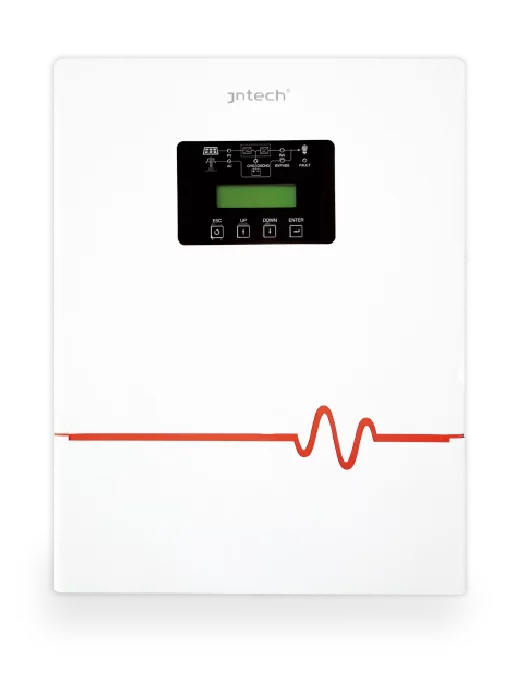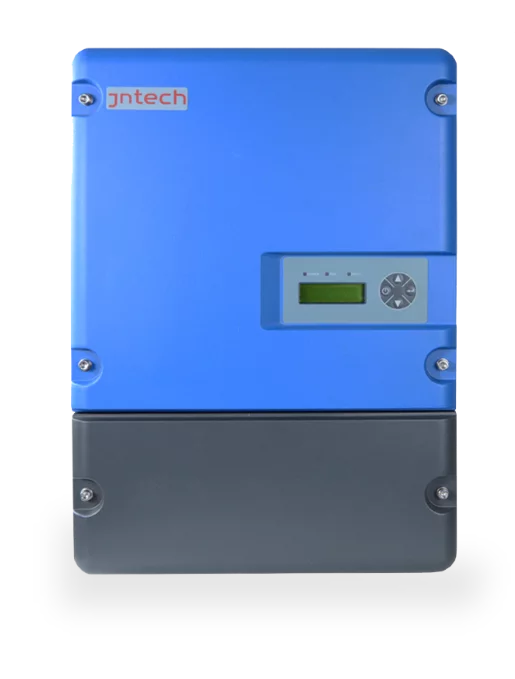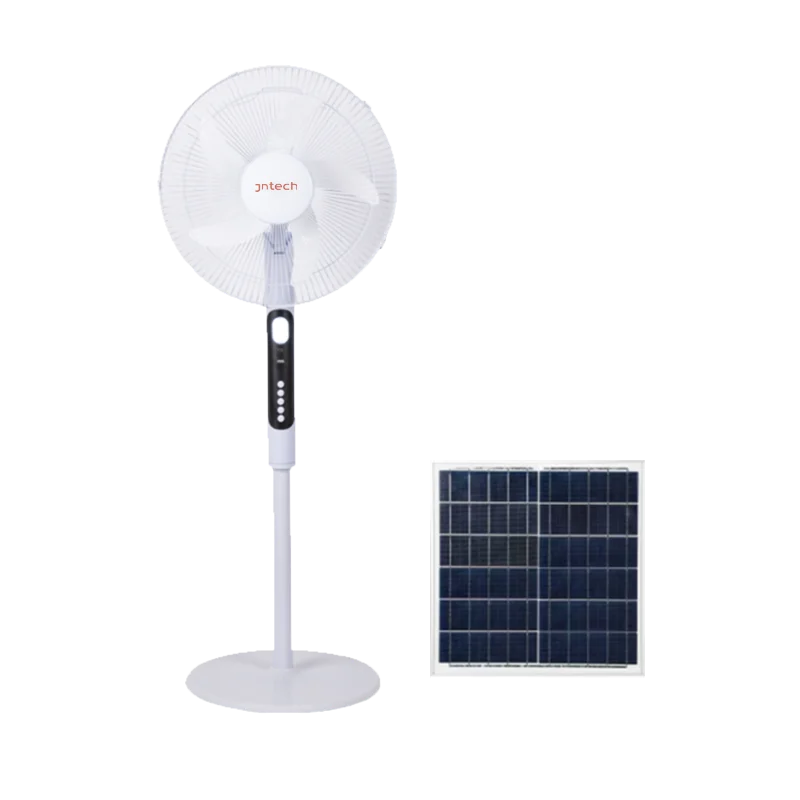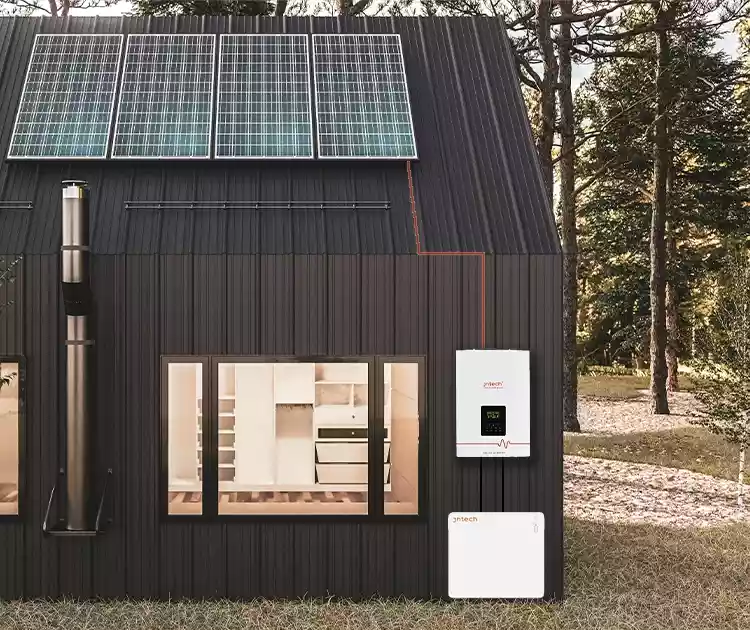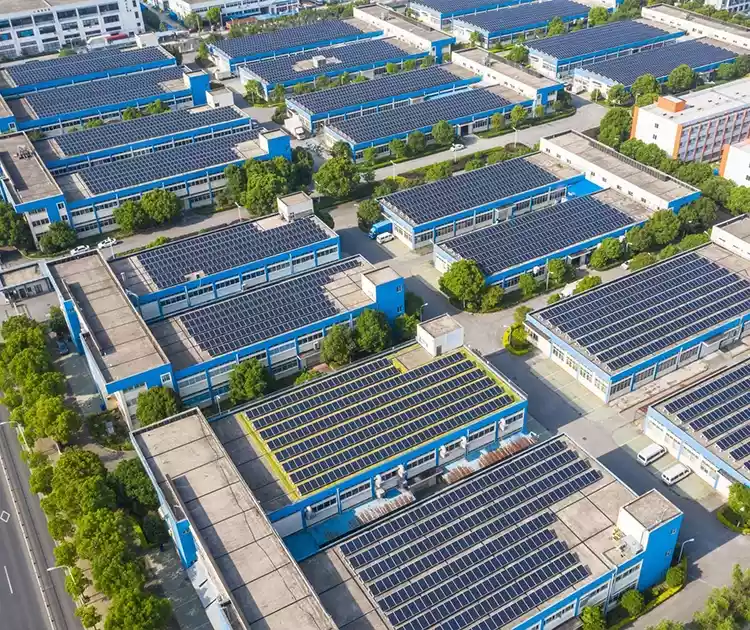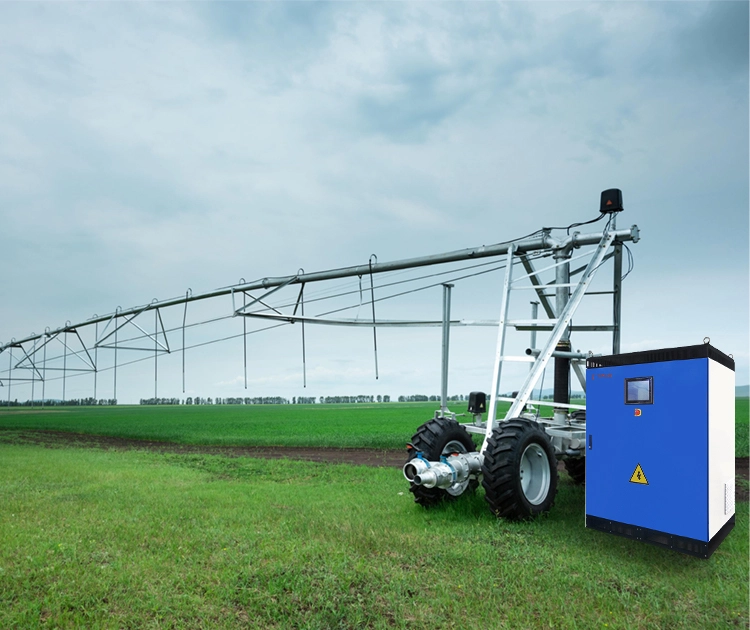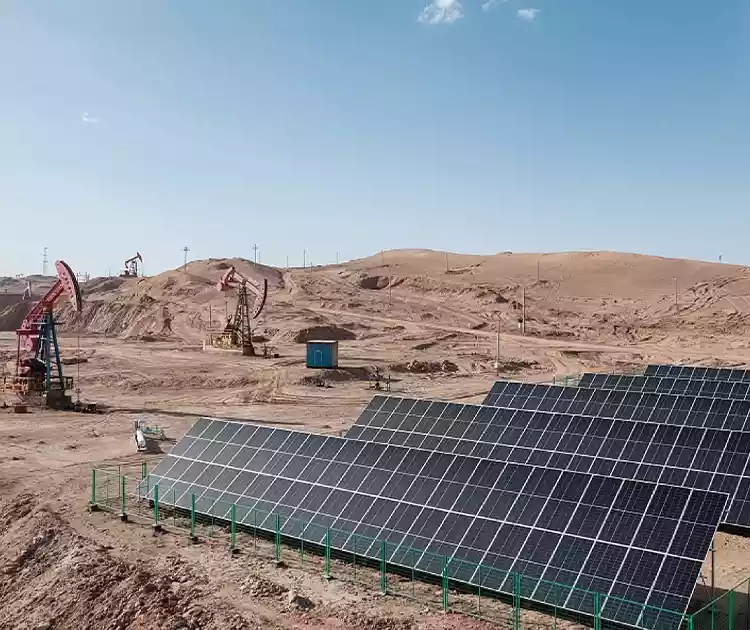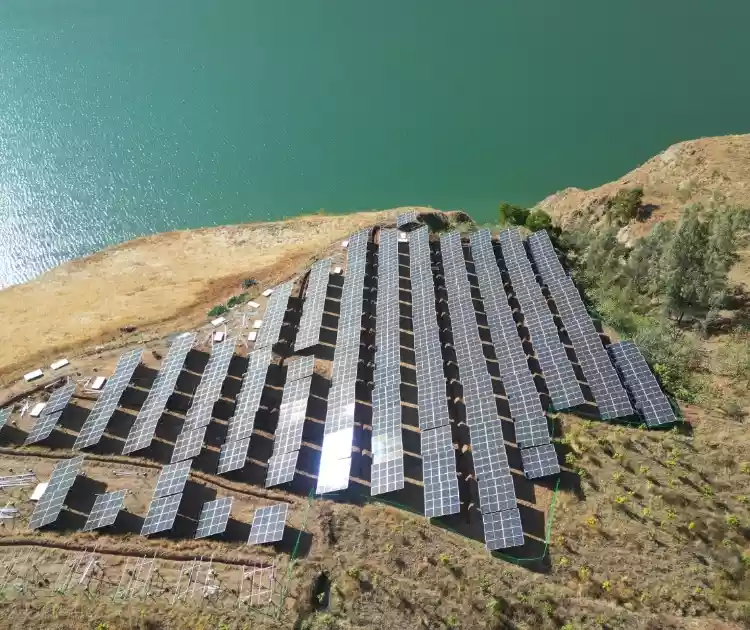Home Energy Independence Guide: Off-Grid Energy Storage Inverters
Release time: 2025-11-14
Table of Contents
For those seeking energy independence in areas with unstable power supply or remote locations, off-grid energy storage systems are an ideal solution. In the entire PV-energy storage chain, if energy storage batteries are the “fuel depot,” then the energy storage inverter is the system’s “brain” and “heart,” responsible for energy conversion, scheduling, and system stability.
Understanding the working principles and core performance of off-grid inverters is crucial for ensuring the safe, efficient, and long-term operation of your home energy system.
Chapter 1: The Core Roles and Classification of Off-Grid Inverters
1.1 The “Three-in-One” Role of Inverters
The inverter is the core hub of a PV system, playing three key roles:
Energy Conversion: Converting the direct current (DC) generated by solar panels or released from energy storage batteries into standard alternating current (AC) usable by household appliances.
System Brain: Employing a digital signal processor (DSP) and a dual-loop feedback control strategy, it monitors and regulates output voltage and frequency in real time to ensure stable power quality.
Independent power supply: The core function of off-grid inverters is to independently establish and maintain a microgrid, which is particularly suitable for areas without electricity, areas with frequent power outages, or as an emergency backup power source.
1.2 Three Main Types of Residential Inverters
In residential applications, inverters are mainly classified into the following three categories based on whether they are connected to the power grid:
| Type | Core features | Applicable Scenarios |
| Off-grid inverter | Its core function is independent power supply. It inverts the DC power from the battery into AC power to supply the load, without relying on an external power grid. | Areas without electricity, communication base stations, islands, regions that frequently experience power outages and seek complete independence. |
| On-grid inverter | It must be fed into the power grid; if not connected to the grid, it will automatically shut off its output. It does not have backup power supply capability. | In situations where there is a stable power grid and the purpose is to “generate electricity for self-consumption and sell surplus electricity to the grid”. |
| Hybrid inverter | It has both grid-connected and off-grid capabilities. It can automatically switch to off-grid battery power supply when the grid fails. | In situations where the power grid is unstable, uninterrupted power supply is required, and there is a desire to connect surplus PV power to the grid. |
Key Recommendation: For households with unstable power grids, off-grid inverters are the best choice to balance cost control and power supply reliability.determining the two major concerns of users: “safety” and “how long it can be used.”
Chapter 2: Core Components and Technical Structure of Off-Grid Inverters
A high-performance off-grid inverter is a complex electronic engineering system, mainly composed of the following core parts:
2.1 Hardware Circuit Structure: Energy Conversion Path
The inverter converts the DC power from the battery into AC power for household use, requiring multiple stages of conversion:
DC-DC Conversion Circuit (Front Stage): Boosts or bucks the DC voltage (e.g., 48V) from the battery, preparing for subsequent inversion.
DC-AC Inverter Circuit (Back Stage): Employs a full-bridge inverter structure, using bipolar SPWM (Sine Wave Pulse Width Modulation) technology to generate drive signals, shaping a high-quality pure sine wave output.
2.2 Intelligent Control System: The “Brain” of Real-Time Scheduling
The control system is the “brain” of the inverter, responsible for implementing various high-performance algorithms and protection functions:
DSP Digital Control: Modern inverters commonly use digital signal processors (DSPs) to implement a high-precision voltage and current dual-loop feedback control strategy, ensuring absolute stability of the output voltage and frequency.
MPPT Tracking: Maximum Power Point Tracking (MPPT) is crucial for string inverters, maximizing the energy extracted from PV modules. Higher MPPT accuracy and speed result in higher power generation from the PV system.
2.3 Auxiliary and Protection Systems
Electrical Isolation: Power frequency isolation (highly impact-resistant but bulky) or high-frequency isolation (smaller and more efficient) can be used to improve system safety and interference immunity.
Absorption/Buffer Circuits: Such as Zener absorption circuits, used to absorb voltage spikes, protect internal power devices, and reduce electromagnetic interference (EMI).
Cooling System: Typically employs temperature-controlled fans for active cooling, automatically activating when the internal temperature reaches a threshold (e.g., 50℃) to ensure devices operate within safe temperatures.of the battery, the preferred approach is to use a single high-capacity cell connected in series (e.g., a 3.2V 200Ah cell connected in series to form a 51.2V system). Compared to multiple small-capacity cells connected in parallel, the single-cell series structure is simpler, eliminates the circulating current problem between parallel cells, offers better system consistency and stability, and has higher production costs and space utilization.
Chapter 3: Key Performance Parameters and Selection Considerations
When selecting an off-grid inverter, the following five core parameters determine system stability and economy:
| Key performance points | It decided… | How to judge when purchasing? |
| 1. Output waveform quality | Can it safely and reliably drive all types of loads? | A pure sine wave inverter must be selected. Modified sine waves can damage inductive loads such as air conditioners and refrigerators. |
| 2. Output power and peak power | How much load can it drive at the same time, and can it start motor-type loads? | The higher the inverter’s peak power (overload capacity) relative to its rated power, the better it can withstand the starting shock of motors. Calculate the maximum starting power of a single appliance in your home and allow sufficient margin. |
| 3. Conversion efficiency | The proportion of battery energy that is effectively utilized. | Efficiency is typically between 80% and 90%. Higher efficiency means less wasted energy and can shorten the actual power supply time of the system. |
| 4. Switching time (UPS capacity) | The speed at which the inverter switches to battery power when the power grid fails. | High-quality inverters (with UPS functionality) can switch over in less than 10 ms. Excessive switching time (over 25 ms) can cause sensitive devices such as computers and servers to restart. |
| 5. Protection rating (IP rating) | The equipment casing’s ability to protect against dust and water. | For outdoor installations or in humid environments, an IP65 rating or higher is essential, but the cost is relatively high. Off-grid inverters are generally installed indoors, so you can choose a product that suits your budget. |

Chapter 4: Off-Grid System Selection Recommendations (Four-Step Rule)
When purchasing a residential off-grid or combined on-grid and off-grid inverter, please follow these four steps to ensure your investment is worthwhile:
Step 1: Inventory of Loads and Accurate Power Requirements
List: List all appliances planned to operate in off-grid or power outage mode, especially high-power inductive loads such as air conditioners and water pumps.
Calculate Peak Power: Add up the rated power of all loads and determine the peak starting power of the largest single appliance. The peak power of the selected inverter must meet this maximum starting requirement.
Step 2: Focus on Long-Term Benefits and Efficiency
Efficiency First: Choose products with the highest efficiency or high European efficiency to maximize the use of the valuable energy stored in the battery.
Pure Sine Wave: Confirm that the inverter output is a “pure sine wave,” which is a prerequisite for ensuring the normal operation and protection of all household appliances (especially precision appliances).
Step 3: Ensure Compatibility and Installation Environment
Voltage Matching: The inverter’s input voltage (e.g., 48V) must be consistent with your battery pack voltage; otherwise, the system will not work or may even damage the equipment.
Environmental Assessment: Select the appropriate protection rating (IP rating) based on the installation location. Many residential energy storage inverters achieve IP65, allowing for outdoor wall mounting.
Step 4: Smart Technology and Safety Assurance
Remote Monitoring: Prioritize models that support remote monitoring via Wi-Fi or a mobile app to monitor power generation, consumption, and energy storage anytime, anywhere.
Safety Protection: Check for comprehensive protection functions, such as overload protection, over-temperature protection, and DC arcing induction (AFCI) protection on the DC side. These are the “guardians” of the system’s safe and stable operation.lity is key to achieving true energy freedom.
Summary: Off-grid inverters are the strategic core for achieving home energy independence. Their selection not only affects daily electricity usage but also determines the long-term safety and economic value of your energy storage system. Choosing a high-efficiency inverter with pure sine wave output and fast switching capability (UPS-level) is a crucial step towards energy independence.
As a home energy storage solutions provider, We JNTech are committed to providing efficient and environmentally friendly energy products to users around the world. We have rich experience in energy storage systems and provide smart and efficient energy management systems for families. You are welcome to discuss with us further.
Increasing Residential Energy System Lifespan: In-depth analysis of LFP cells, BMS composition and AC/DC coupling topologyhttps://www.jntechenergy.com/increasing-residential-energy-system-lifespan-in-depth-analysis-of-lfp-cells-bms-composition-and-ac-dc-coupling-topology/

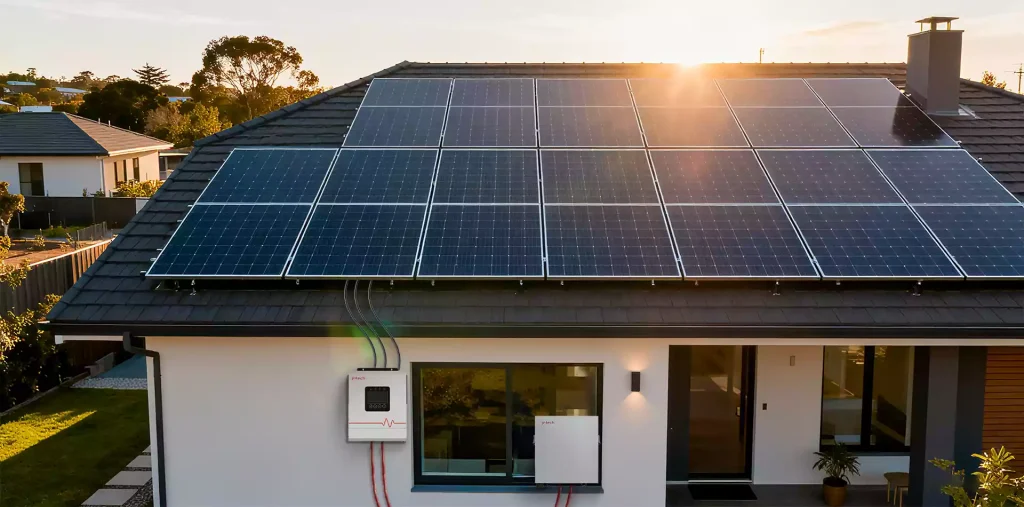
GET A QUOTE OR PARTNER WITH US
Contact our team for pricing, bulk orders, or business opportunities.


